Regulatory Framework and Support
The Telecommunication Relay Service Market benefits significantly from supportive regulatory frameworks that promote accessibility for individuals with disabilities. Governments and regulatory bodies are increasingly mandating that telecommunication providers offer relay services, ensuring that all citizens have equal access to communication. For example, legislation such as the Americans with Disabilities Act in the United States has established guidelines that require telecommunication companies to provide relay services. This regulatory support not only enhances the market's credibility but also encourages investment in relay technologies. As a result, the market is expected to expand, with estimates suggesting a growth rate of around 8% annually. This regulatory environment fosters innovation and competition among service providers, ultimately benefiting consumers and enhancing the overall Telecommunication Relay Service Market.
Integration of Mobile Technologies
The integration of mobile technologies is transforming the Telecommunication Relay Service Market, making relay services more accessible than ever. With the proliferation of smartphones and mobile applications, users can now access relay services on-the-go, enhancing convenience and usability. This shift is particularly beneficial for younger demographics who prefer mobile communication. Recent statistics indicate that mobile relay services have seen a growth rate of approximately 12% annually, reflecting the increasing reliance on mobile devices for communication. As mobile technology continues to advance, it is likely that the Telecommunication Relay Service Market will further evolve, offering innovative solutions that cater to the needs of users in a fast-paced digital environment.
Rising Awareness of Communication Barriers
The Telecommunication Relay Service Market is significantly influenced by the rising awareness of communication barriers faced by individuals with disabilities. Advocacy groups and public campaigns are increasingly highlighting the challenges that these individuals encounter, leading to a greater societal understanding of the need for effective communication solutions. This heightened awareness is driving demand for relay services, as more people recognize their importance in facilitating communication. Recent surveys suggest that nearly 70% of the population is now aware of the existence and benefits of relay services, which is a substantial increase from previous years. This growing consciousness is likely to propel the Telecommunication Relay Service Market forward, as stakeholders seek to address these barriers and promote inclusivity.
Technological Innovations in Communication
The Telecommunication Relay Service Market is experiencing a surge in technological innovations that enhance communication accessibility. Advancements in artificial intelligence and machine learning are streamlining relay services, making them more efficient and user-friendly. For instance, the integration of real-time captioning and video relay services is becoming increasingly prevalent, allowing users to communicate seamlessly. According to recent data, the market for these technologies is projected to grow at a compound annual growth rate of approximately 10% over the next five years. This growth is indicative of the increasing reliance on technology to bridge communication gaps, particularly for individuals with hearing or speech impairments. As these innovations continue to evolve, they are likely to reshape the landscape of the Telecommunication Relay Service Market, fostering greater inclusivity and accessibility.
Increasing Demand for Accessibility Solutions
The Telecommunication Relay Service Market is witnessing a notable increase in demand for accessibility solutions. As awareness of the needs of individuals with disabilities grows, more organizations and service providers are recognizing the importance of inclusive communication. This shift is reflected in the rising number of users seeking relay services, which has reportedly increased by over 15% in recent years. The demand is driven by various sectors, including education, healthcare, and corporate environments, where effective communication is paramount. Companies are increasingly adopting relay services to comply with accessibility standards and to foster an inclusive workplace. This trend indicates a robust market potential, as the Telecommunication Relay Service Market adapts to meet the evolving needs of diverse populations.
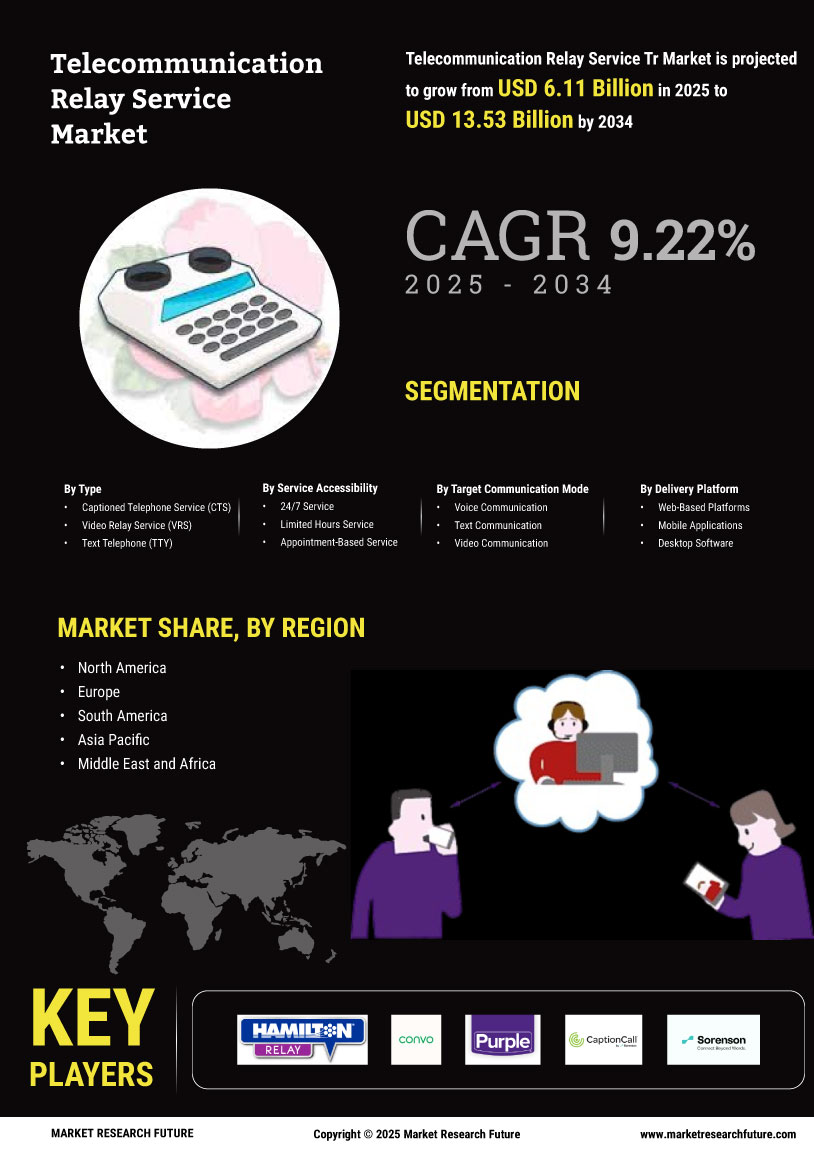

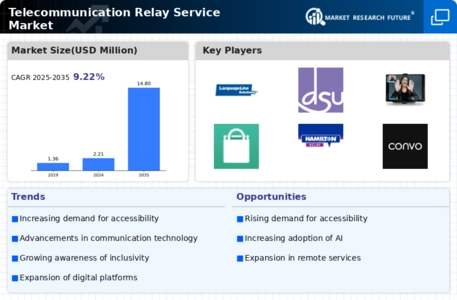
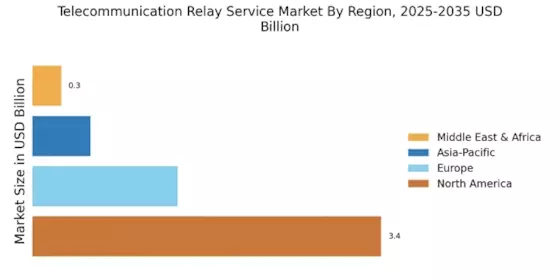
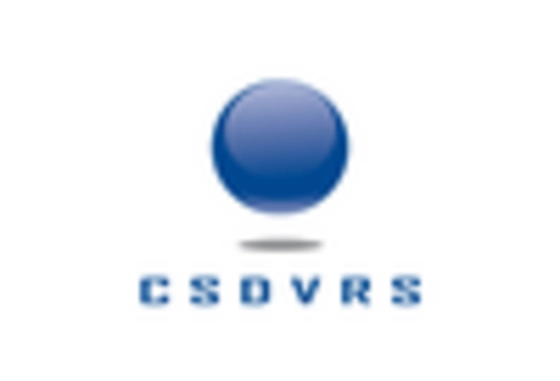

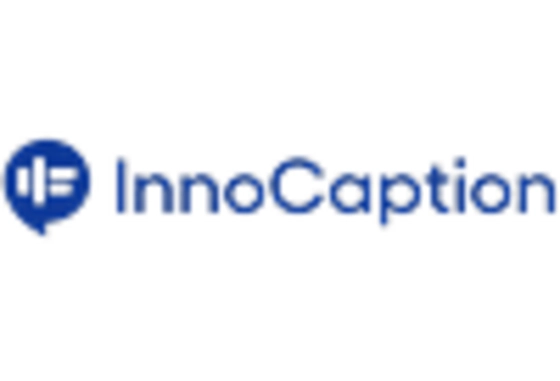
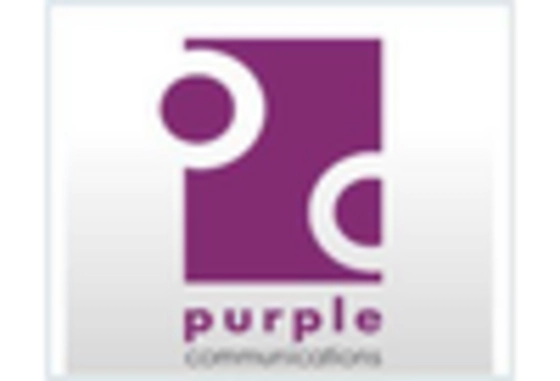
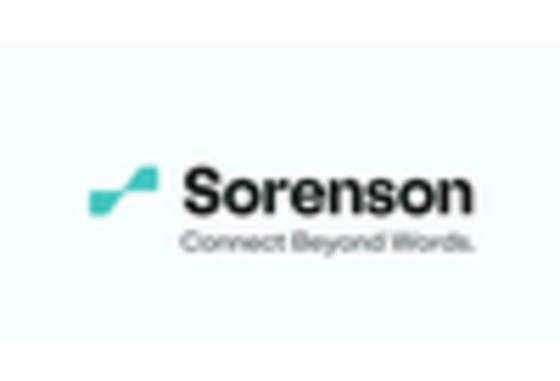









Leave a Comment